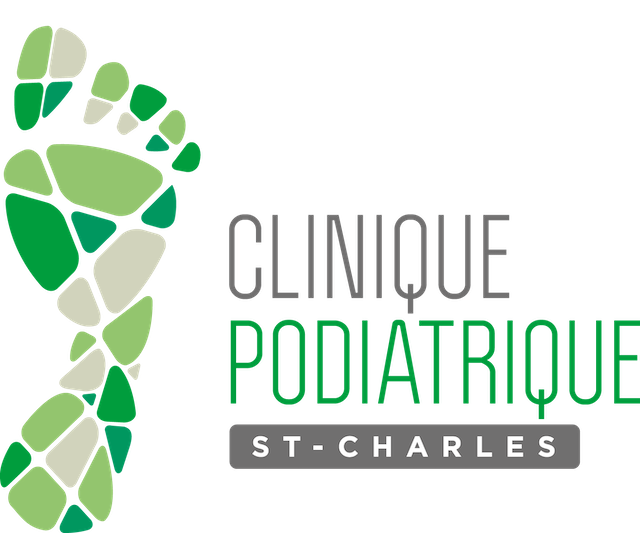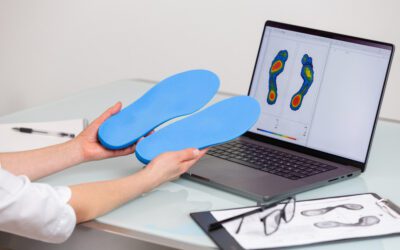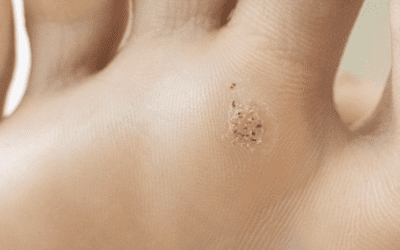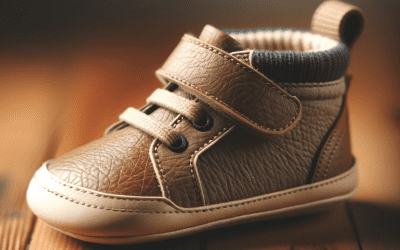When we think of feet, toes often don’t make it to the forefront of our concerns. However, these small appendages play a pivotal role in our daily mobility. Picture a pianist without agile fingers or an artist without their brush. Similarly, our toes are vital for our balance and gait. But what happens when these toes undergo a deformity, such as hammer toe?
History and Anatomy of Hammer Toes
The term “hammer toe” is used to describe a specific deformity where the toe bends or curves downwards rather than pointing forward. It resembles a hammerhead, hence the name. This deformity is often associated with “claw toes” and “mallet toes,” all related to joint anomalies. The foot’s anatomy is intricate, with multiple bones, ligaments, and joints. When discussing hammer toe, it specifically refers to a disruption of the metatarsophalangeal joint. The correlation between this type of deformity and the foot type is clear. For instance, a flat foot can increase the risk of hammer toes, just as a high-arched foot can lead to the onset of claw toes.
Symptoms and Signs Hammer Toes
Signs of hammer toes include the visible curvature of the toe, pain, the presence of corns or calluses on the top of the foot, and difficulties wearing certain shoes. Symptoms can vary based on the severity of the deformity.
Claw toe: It’s a deformity where the toes have a curved shape, at both the middle and tip joints of the toes. Often confused with hammer toe, this condition typically results from muscle imbalances. The symptoms mirror those of hammer toe, but treatments may vary depending on the deformity’s severity.
Hammer Toes Impact on Quality of Life
Living with a hammer toe or any foot deformity can profoundly affect one’s quality of life. Constant or intermittent pain can limit mobility, make walking challenging, and restrict footwear choices. Psychologically, some individuals might feel embarrassed or self-conscious, avoiding activities like swimming or any event requiring showing their feet. Recognizing and addressing these conditions isn’t just about aesthetics, but also about physical and mental well-being.
The causes of this deformity are manifold. Genetics plays a part, as does wearing ill-fitting shoes. Narrow shoes or high heels can cause the toes to fold, leading to long-term deformity. Other conditions like rheumatoid arthritis, bunions (hallux valgus), or Charcot-Marie-Tooth disease can also increase the risk.
Biomechanics
The foot’s biomechanics is a vast topic, but concerning hammer toes, it’s essential to understand that muscle imbalances can lead to this deformity. If certain toe muscles become stronger than others, they can pull the toes out of their natural alignment.
Prevention
Prevention is crucial. Wear suitable shoes, regularly check your feet for any signs of deformity, and if you’re at risk, consider seeing a podiatrist. Simple foot orthotics can sometimes help prevent the onset of hammer toes.
Medicine is always evolving, and podiatry is no exception. Custom-made orthotics designed using 3D printing techniques offer tailored support to alleviate pain and correct the deformity. Newer surgical methods, less invasive with shorter recovery periods, are also available.
Shoes and Orthopedics
Footwear choice is essential for foot health. Narrow shoes, high heels, or those without proper support can worsen existing issues or create new ones. To prevent or manage conditions like hammer toe, it’s advised to choose shoes with ample toe space, proper arch support, and a shock-absorbing sole. Orthopedic insoles can also provide additional support, distributing weight evenly and reducing pressure on problematic areas.
Hammer Toes Home Treatment
For milder deformities, home treatment might include wearing roomy shoes, using orthotics, or even simple exercises to strengthen the toes. Gel pads or toe separators can also provide relief.
Assessment and Treatment by a Podiatrist
During a consultation, the podiatrist will thoroughly examine your feet, assess the deformity’s severity, and discuss the best treatment options. This might include custom-made foot orthotics, physical therapies, or in more severe cases, surgery to correct the hammer toe.
If left untreated, a hammer toe can lead to other medical problems. Constant pressure on the toe’s top can cause calluses or corns. In extreme cases, ulcers might develop, especially among those with circulatory disorders or diabetes. Moreover, hammer toe can lead to an uneven weight distribution, causing other deformities or pains in the foot and ankle. Athletes, especially those suffering from foot capsulitis, are particularly at risk. Older individuals, due to decreased flexibility and muscle tone, are also more likely to develop hammer toes. Additionally, individuals whose jobs demand prolonged walking are also affected.
Hammer toes, although common, should not be overlooked. Prompt and adequate intervention can prevent future complications. Recognizing the symptoms, understanding the causes, and taking preventive measures is essential. If you or someone you know shows signs of hammer, claw, or mallet toes, don’t hesitate to consult a podiatrist for a comprehensive assessment and personalized treatment plan.



